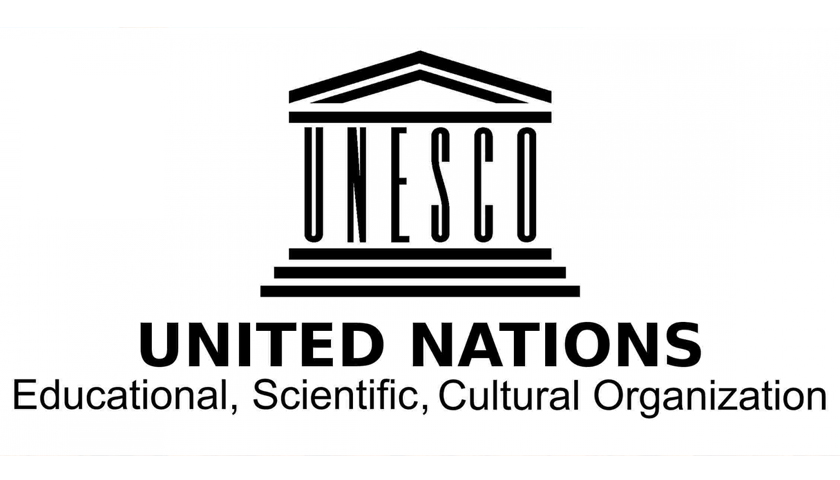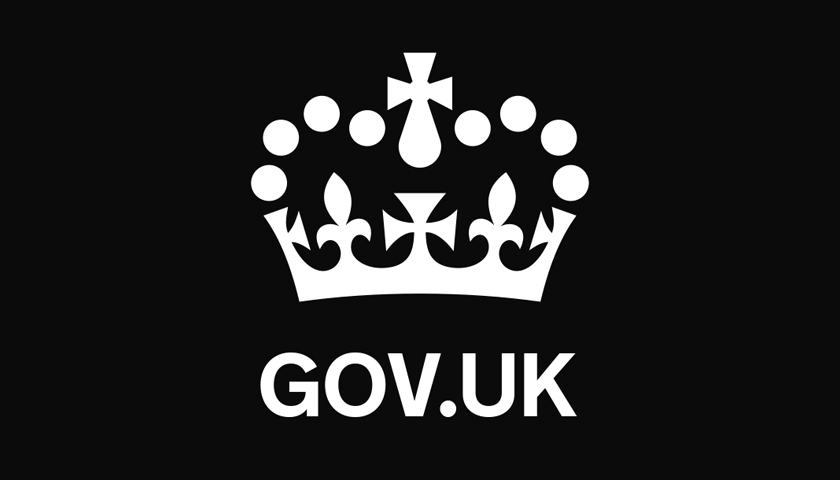Conceived in the framework of UNESCO’s mandate to promote media development, journalism education and gender equality in media, the publication Reporting on Violence against Women and Girls – A Handbook for Journalists is a resource for media professionals from across the world with the intention to stimulate reflections on current reporting practices, provide information and promote and improve ethical coverage of gender-based violence.Conceived in the framework of UNESCO’s mandate to promote media development, journalism education and gender equality in media, the publication Reporting on Violence against Women and Girls – A Handbook for Journalists is a resource for media professionals from across the world with the intention to stimulate reflections on current reporting practices, provide information and promote and improve ethical coverage of gender-based violence.
“Addressing gender-based violence means addressing a subject that concerns humanity. […] Journalists can help to break the silence and lift this issue out from the private sphere, where it is still too often relegated.” As Annie-Marie Impe, author of the Handbook, highlighted, journalism serving the public interest is an essential lever in the fight against violence against women and girls.
While coverage has improved over the past few years in many parts of the world, current reporting on gender-based violence is still far from accurately depicts the extent and depth of what happens. Far too often, violence against women and girls, if at all reported, is relegated to the sidelines or circumscribed as a “family affair”, as a “personal problem”, or framed in a sensationalist way that does not seize the gravity of, nor accurately depicts, the situation as a high-risk issue of public interest.
Against this background, this handbook features specific information on 10 selected topics relative to gender-based violence, and provides explanations, definitions, statistical data, and resources on gender-based violence, stereotypes, and prejudice against women and girls. It offers a series of recommendations which will help radio, television, press and social media professionals to identify the most appropriate and ethical methods to collect and select information and to present it in the media.
Through the Chinese version of the handbook, UNESCO hopes to bring practical guidance and recommendations to Chinese media professionals, in order to further raise awareness on violence against women and girls on a larger scale. As Xiaomeng Li, translator for the Chinese version of the handbook, wishes, “We might be in an era of peace and prosperity, but it has to be pointed out that many Chinese women are still facing invisible pressure from society. […] I hope this handbook will help media professionals make the most appropriate and correct choices when reporting on topics relevant to women, especially reporting on violence against women and girls. I hope they (media professionals) can truly report from the perspective of women and girls, listen and tell stories based on the most simple but sincere principle – ‘what can I do for them’. […] I hope the publication of the Chinese version of the Handbook will not only benefit all readers, but also become a starting point for everyone to research into issues relevant to women in China.”
UNESCO thanks Shanghai International Studies University (SISU) for supporting the Chinese translation of the publication. UNESCO and SISU will further collaborate in the future to build capacity of journalists and promote ethical journalism, especially for the public interest of advancing gender equality.
The publication is freely and openly accessible at https://unesdoc.unesco.org/ark:/48223/pf0000371524


